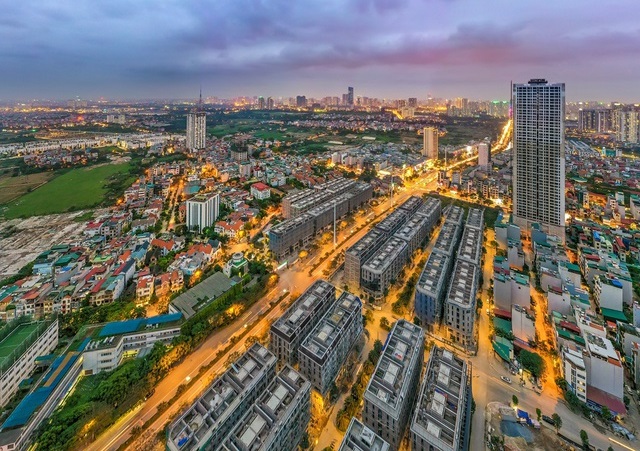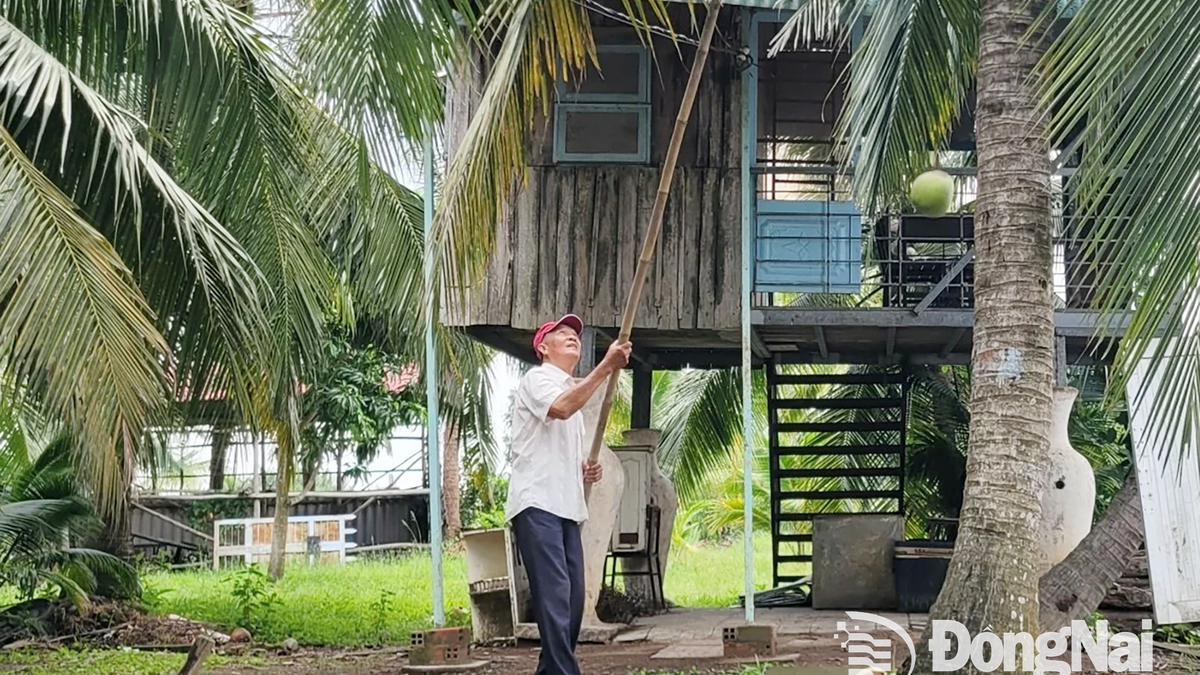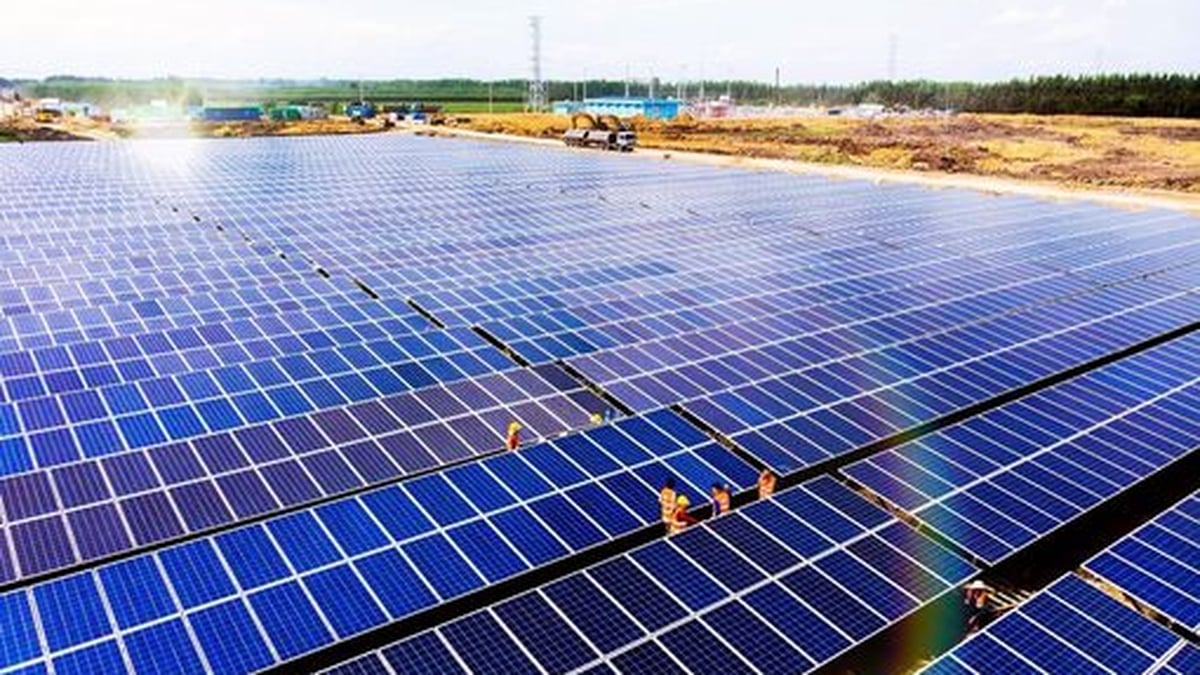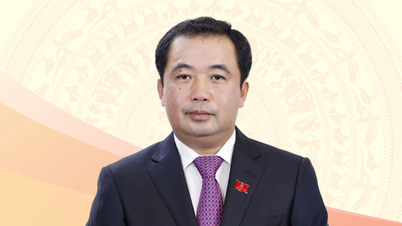Accordingly, the housing price index in Hanoi increased by 3 percentage points quarter-on-quarter to 134.9 points, up 30% since bottoming out at 104.1 points in the third quarter of 2019.
Net area (NSA) has an average price of VND 41 million/ m2 , up 3% quarter-on-quarter.
Besides, limited primary supply, high market demand, developed infrastructure and improved quality have promoted the increase in real estate prices.

Housing price index in Hanoi and Ho Chi Minh City both increased
In Q4/2023, absorption increased to 26%, up 15 ppts QoQ and 12 ppts YoY. New supply accounted for 43% of sales and 46% was absorbed. Major urban areas accounted for 61% of sales, reflecting continued demand for suburban areas.
With consumer confidence improving amid a lack of alternative investment channels, housing demand is expected to recover. In addition, the revised Land Law will facilitate the development of the housing market.
In Ho Chi Minh City, the housing price index increased by 2 points quarter-on-quarter to 126. Secondary property prices were stable in 12 districts and increased in 4 districts. However, this figure decreased by 1 point compared to the same period last year.
Primary prices returned to the same level as in 2020, at VND69 million/ m2 net area (NSA) after 3 Grade A projects temporarily stopped selling and withdrew supply.
In Q4/2023, the absorption rate improved by 14 percentage points quarter-on-quarter and 23 percentage points year-on-year, reaching 40%. The improvement in the housing segment came from newly announced products, with reasonable prices from 3-4 billion VND/unit, complete legal procedures, and long-term payment plans.
New supply accounted for 78% of total units sold in the quarter, with an absorption rate of 84%, reflecting high demand for products that meet buyers’ needs. According to Savills Vietnam, the inventory group struggled with a modest absorption rate of 14%.
Source: https://nld.com.vn/chi-so-gia-nha-o-tang-tai-tp-hcm-ha-noi-196240402171339559.htm



































































































Comment (0)